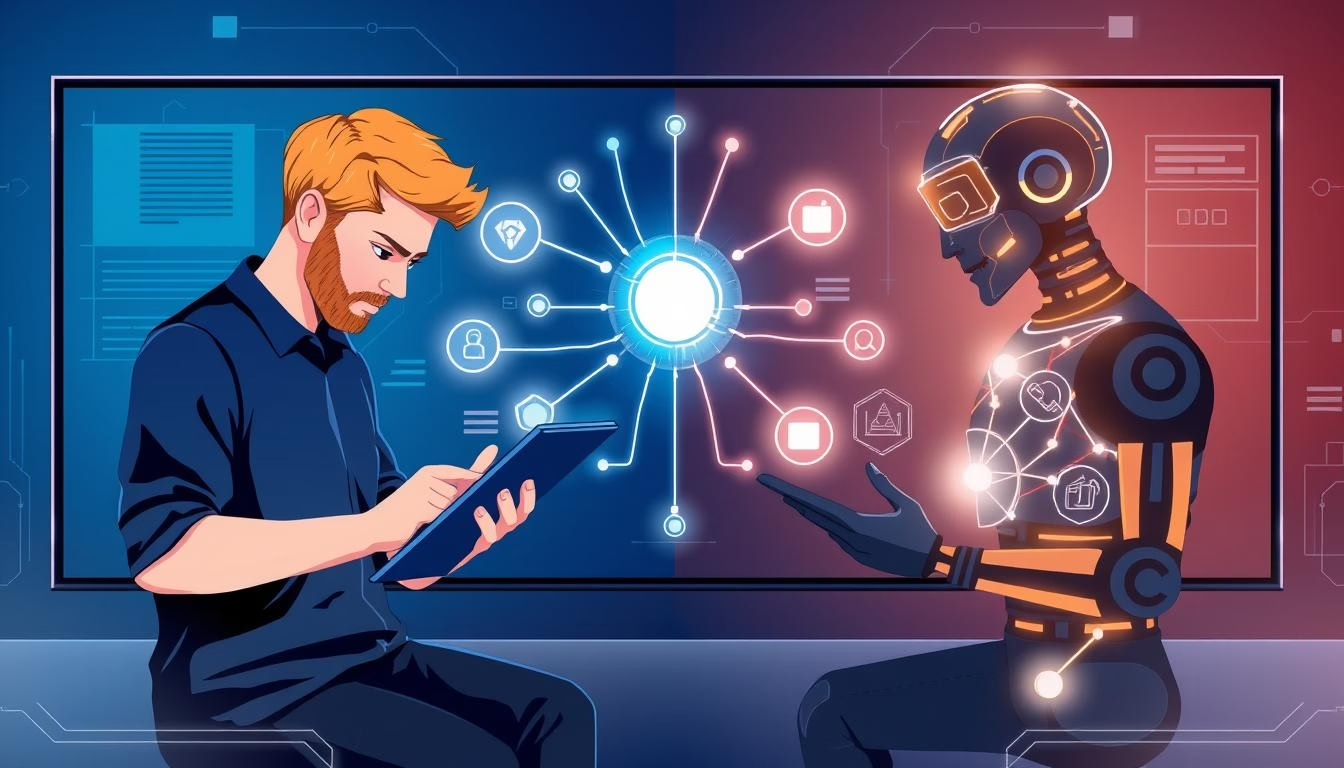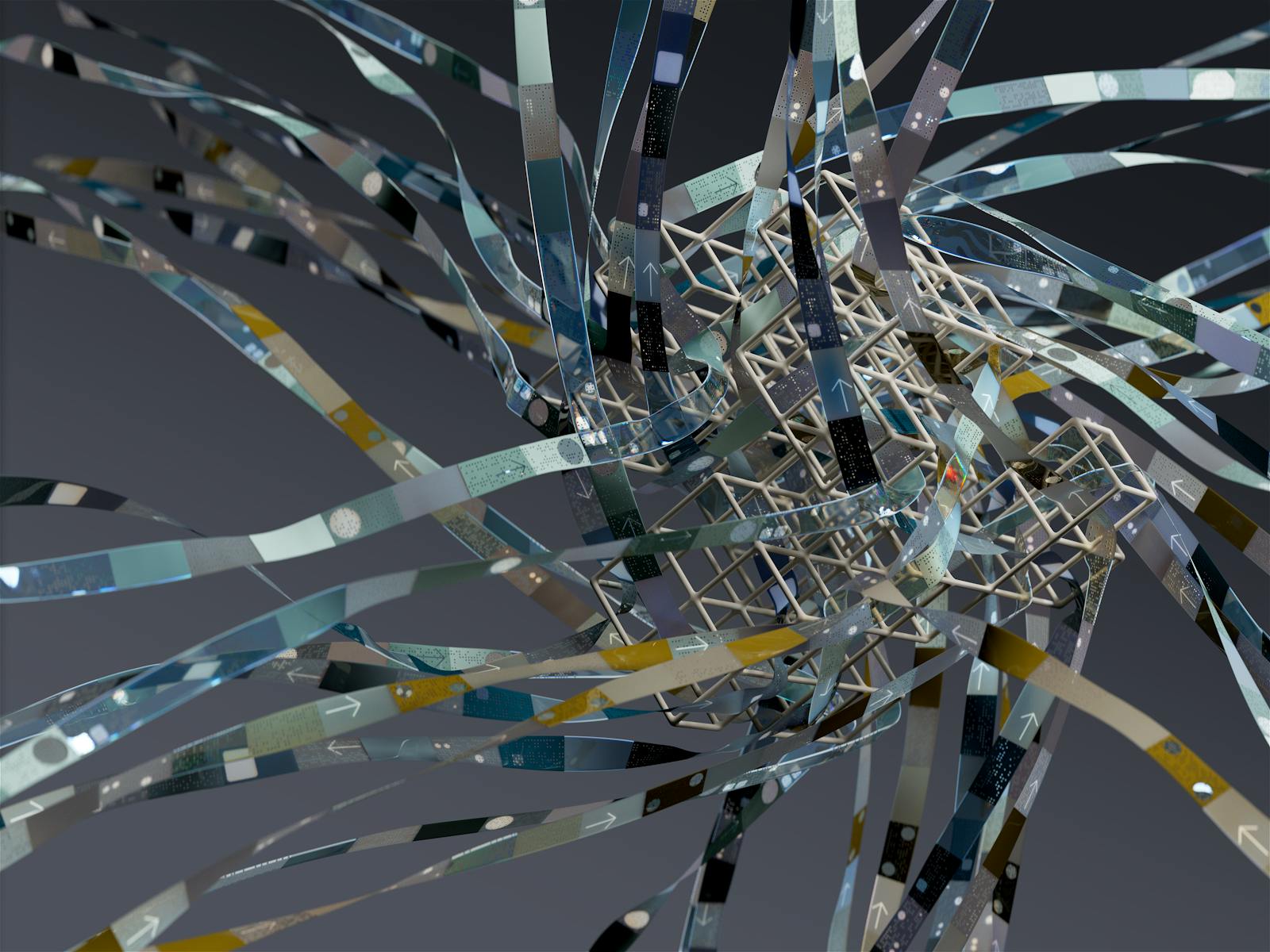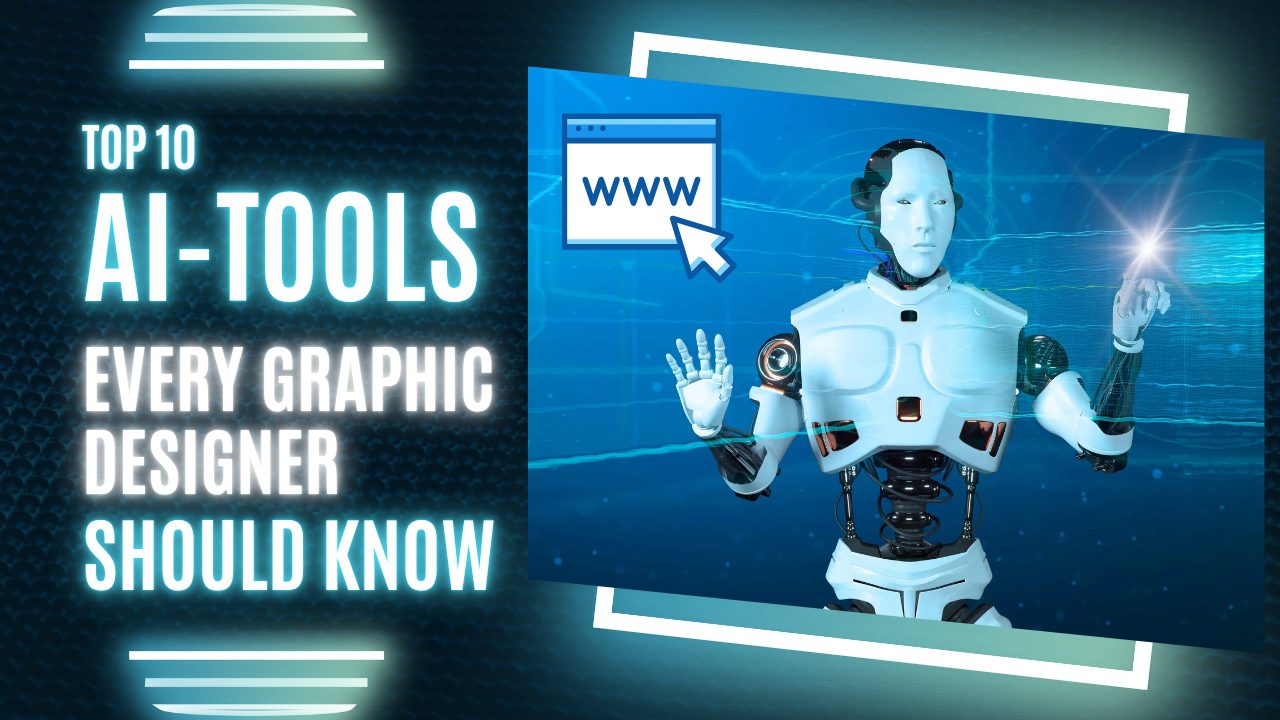The Current State of AI in the Graphic Design Industry
Artificial intelligence already dominates the graphic design industry, and the sphere is full of tools that change the nature of designer work. The technologies are as simple as automation to highly advanced generative systems capable of generating an original looking design based on textual instructions.
Leading AI Design Tools Reshaping the Industry
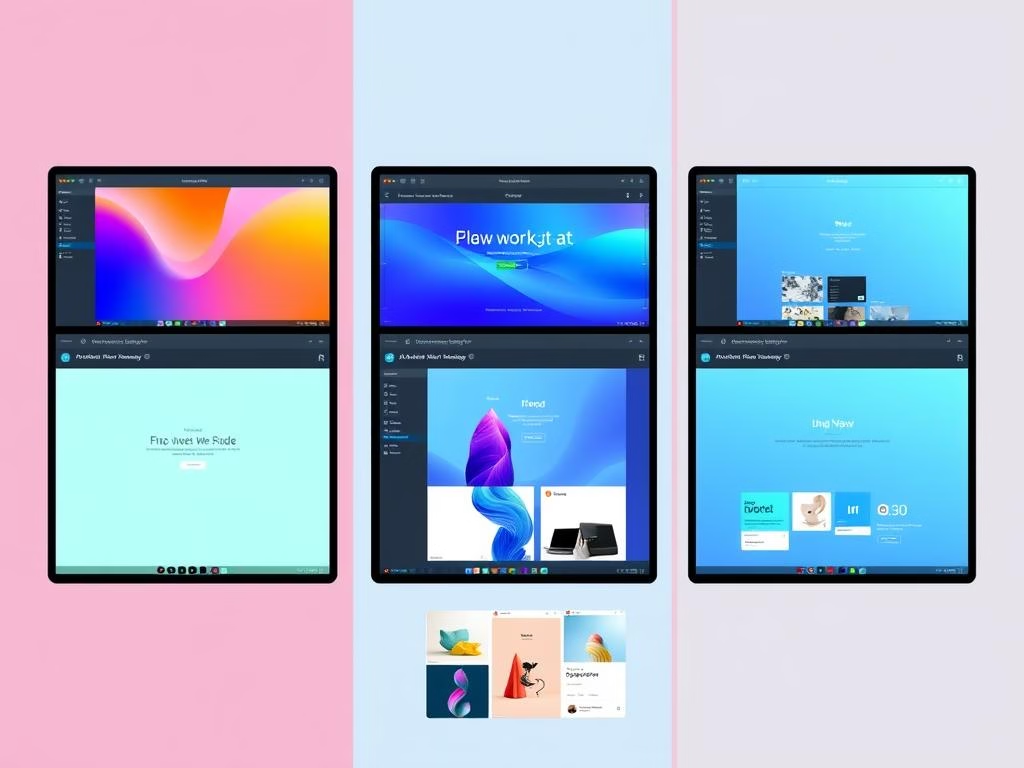
Adobe Firefly
Adobe entering the AI market is a part of the Creative Cloud package. Firefly is focused on the development of the images, textures, and effects that could be easily introduced into the existing workflows. The distinguishing characteristic of Firefly is that it trains their AI on only licensed works and work in the public domain.
Canva AI
Canva has also uses AI capabilities such as the Magic design that is capable of creating whole layouts using provided content and Magic Write that generates text. Their AI-tools are aimed at being accessible, so even the less experienced designer is able to design material within minutes that looks professional.
Midjourney
Although it is not specifically to produce graphic designs, Midjourney has found an amazing application to come up with visual concepts. It is already in use by designers who want to design the initial mood boards, the elaborate illustrations, which would have taken days when the technology was not available..
What These AI Tools Can Actually Do
- Suggest layout improvements based on design Principles
- create logo ideas using text description
- Design original drawings and pictures
- Make color schemes and font combinations suggestions
- Resize to different platforms automatically
- Produce variations of design derivatives
- Design patterns and textures in the backgrounds
- Recommendation of improvement in layout based on design consideration
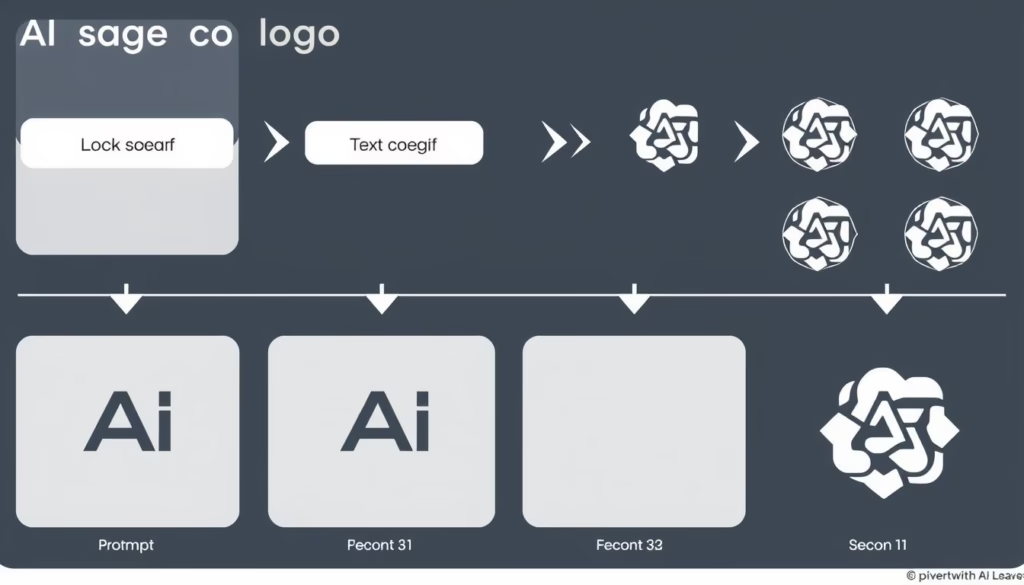
These technologies started reorganizing the work of the designers and many of them are already including AI in the working process and do not see it as a substitute, but as a partner. It is not a question of whether AI can influence graphic design or not but how designers can use and shift to the new incoming technologies, which can benefit them.
Cons and Advantages of AI in Graphics
There is always an opportunity and challenges involved with any technological revolution and the AI take over of the graphic design industry is no exception. Knowing such can allow designers and companies to marry this changing landscape properly.
Advantages of AI on Graphic Design
- Faster Process: Prototyping workflows can be done in minutes with the amount of time saved by faster ideation being comprehensive.
- Cost efficiency: Automation of repetitive processes and simplification of workflow allows businesses to lower costs of design.
- Accessibility: The AI tools bring the simplicity of the design world to non-designers, democratizing the industry.
- Idea Generation: AI may be used to create creative blocks and propose unintentional directions and combinations.
- Constant production: AI could be employed 24/7 without getting tired, and it will be able to beat tight deadlines.
- Data-driven Design: AI can examine user preferences and behavior and factor this into making designs that are engaging.
Restrictions and Critiques
- Low Level of Originality: AI uses the existing work, and the resulting designs can be inferior.
- Insensitivity to Humanity: AI never will be able to grasp the cultural specifics, human feelings or brand values.
- Ethical Issues: Concerns on the aspect of copyright, plagiarism, and ethics of training on the work of artists are not answered.
- Job Displacement Concerns: The entry-level design jobs are the ones that are most at risk due to automation.
- Technical Limitations: AI does not know how to deal with complicated layouts and nuances of typography.
- The risk of homogenisation: An increasing spread of AI usage may result in a uniformity of visuals between brands.
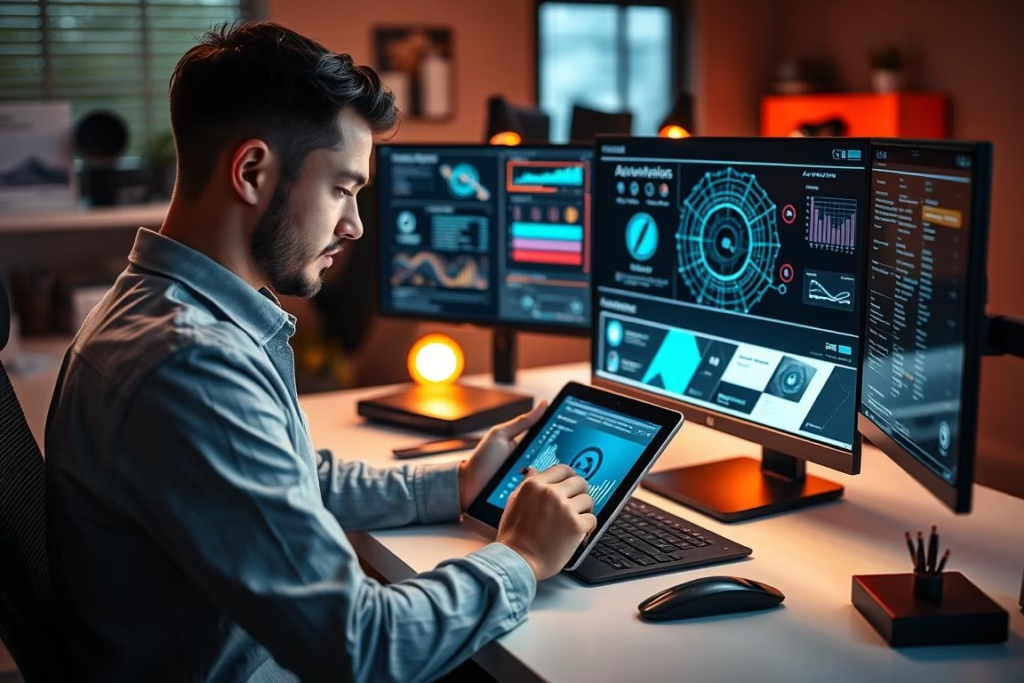 The balance between these pros and cons will likely determine how deeply AI transforms the graphic design industry. While the efficiency gains are undeniable, the human elements of design—empathy, cultural awareness, and true innovation—remain difficult for AI to replicate.
The balance between these pros and cons will likely determine how deeply AI transforms the graphic design industry. While the efficiency gains are undeniable, the human elements of design—empathy, cultural awareness, and true innovation—remain difficult for AI to replicate.Free Guide: Adapting to the AI Revolution in Graphic Design
Discover practical strategies for integrating AI tools into your design workflow while maintaining your creative edge. Our comprehensive guide includes case studies, tool comparisons, and future-proofing techniques.
Human vs. AI: Collaboration Rather Than Replacement
The scenario of AI eventual domination of the graphic design sphere customarily draws an analogy of the issue as a contest: man versus machine. Nonetheless, there is a more successful picture of AI in design implementation and it tells about cooperation and enhancement instead of substitution.
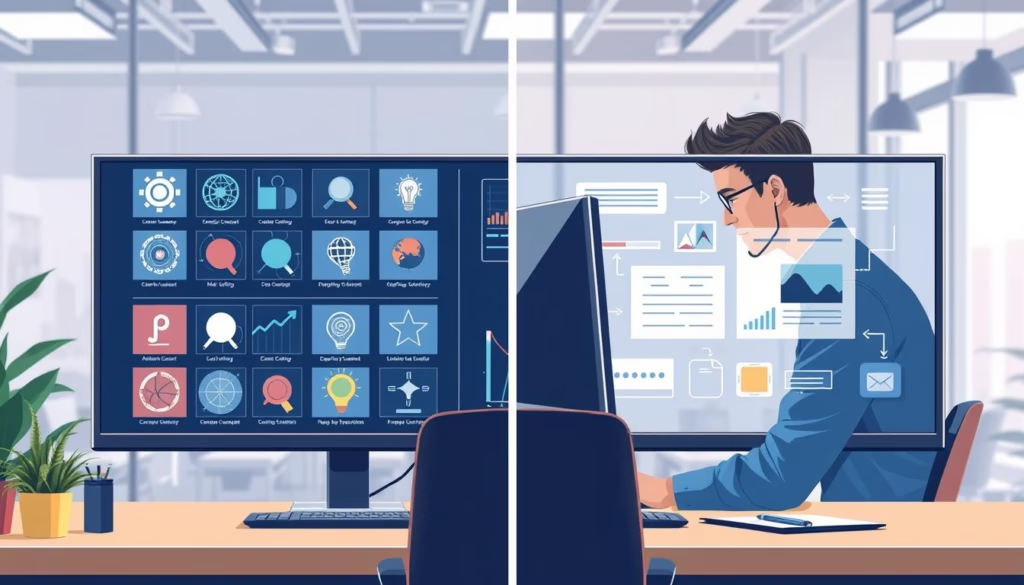
AI as a Creative Partner
Top designers are discovering that the most helpful thing is that AI should serve them as a collaborative device that does part of the creative job and the human does the rest of the job. This alliance takes advantage of two sides:
AI Strengths
- Visual processing of large amounts of information
- Creating several variations within a short period of time
- Consistently doing the same things over and over again
- Propositioning of surprise pairings
Performance-dependent optimizing
Human Strengths
- Knowledge of client-needs and client-emotions
- Using meaning contextual and cultural
- Coming up with strategic creative choices
- Bringing novel conceptualization
- Feedback matters Over
- Creating alignment of ethics and brand
Real-World Collaboration Examples
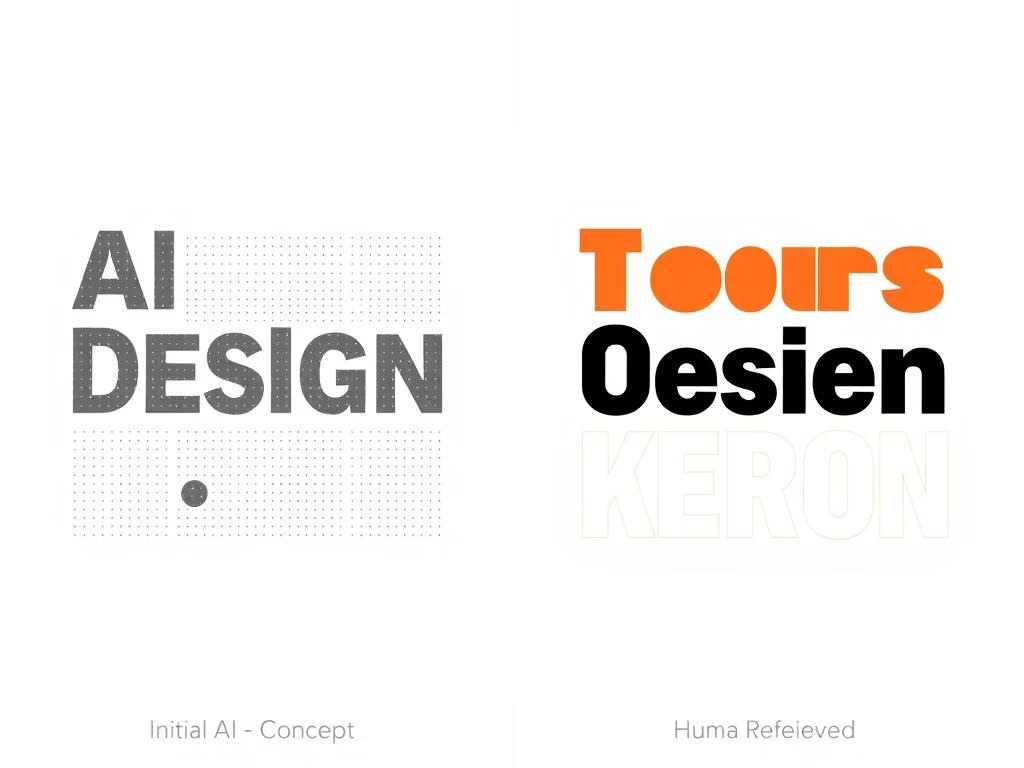
Case Study: Brand Identity Development
An AI-assisted design agency hired by a rebranding project on tech startup was used to deliver dozens of initial logo ideas based on the brief of its client. Human design team then chose the most favorable directions, sharpened them, by applying their knowledge of how the client acts on the market, and established a complete system of branding which AI could not have created on its own.
Case Study : Editorial Design
As the examples presented show, AI can do the best work when it is treated as a tool that enhances the powers of people rather than substitutes it. The most effective designers are those who will master how to speak AI, and at the same time preserve their strategic and aesthetic decision-making.
“AI won’t replace designers, but designers who use AI will replace those who don’t. The key is learning how to collaborate with these new tools while maintaining the human perspective that gives design its meaning and impact.”
— Sarah Johnson, Creative Director at Future Design Studio
Future Predictions: Will AI Dominate Graphic Design?
Reflecting on the possibility of the graphic design industry being taken over by AI, there are divergent aides among industry leaders about how the interconnection between the designers and AI is expected to develop over the subsequent years.
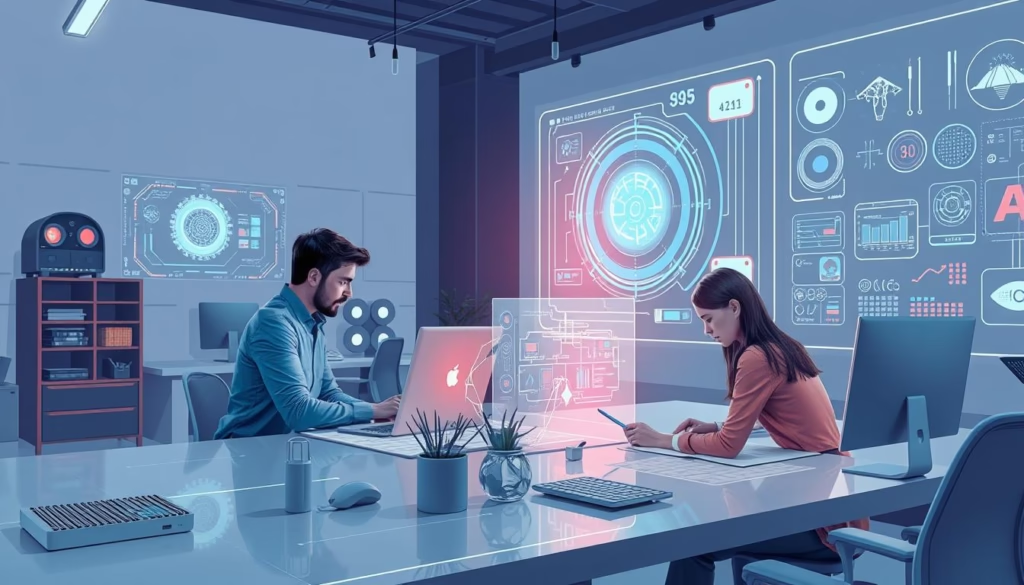
Expert Opinions on the Future of AI in Design
“We’re moving toward a future where AI handles the production and execution aspects of design, while humans focus on strategy, concept development, and the ‘why’ behind design decisions. This isn’t replacement but evolution of the designer’s role.”
— Dr. Maya Peterson, Design Technology Researcher
“The entry-level design positions focused on production work will likely diminish, but new roles will emerge at the intersection of design and AI. Tomorrow’s designers will need to be part creative director, part prompt engineer, and part curator.”
— Carlos Mendez, Adobe Creative Cloud Strategist
Emerging Trends Shaping the Future
Hyper-Personalized Design at Scale
AI is helping brands create personalized design experiences on individual customers on a scale unheard of before. Personalization is being enhanced everywhere, whether it be websites that change their visual elements depending on the preference of viewers, or even marketing-related material to a particular type of customer..
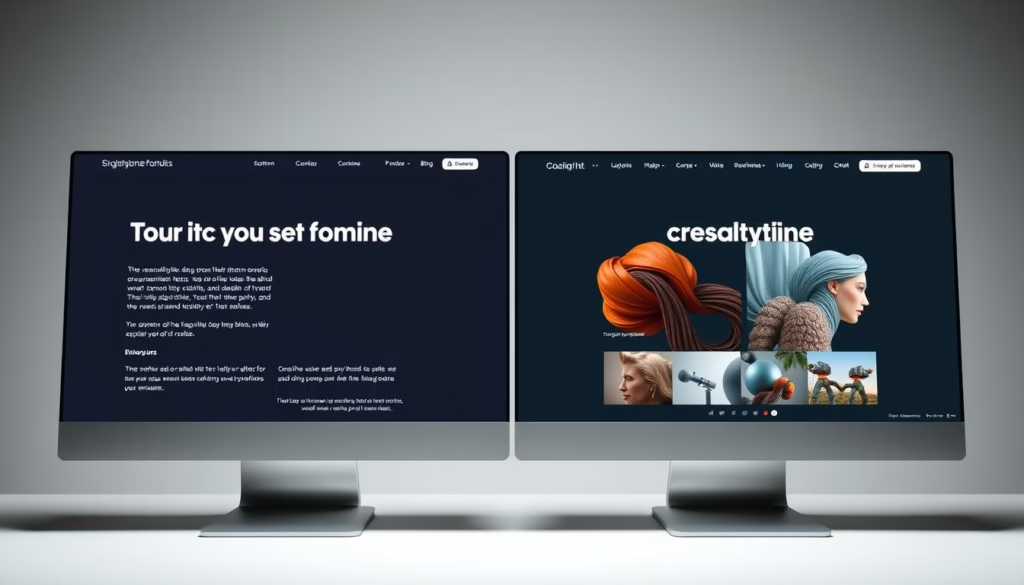
AI-Human Design Systems
Organizations are developing sophisticated design systems where AI maintains consistency and handles production while humans define the creative direction and exceptions. These systems allow for both efficiency and innovation by clearly delineating AI and human responsibilities.
Continuous Learning Design Tools
The next generation of AI design tools will learn from individual designers’ preferences and styles, becoming increasingly personalized assistants rather than generic tools. This will allow designers to develop their own “AI uni design partner” that understands their unique approach.
Skills Designers Need for the AI Era
Technical Skills
- Prompt engineering and AI direction
- Data analysis and interpretation
- Understanding of machine learning concepts
- Automation workflow development
- Quality control and AI output curation
Human-Centered Skills
- Strategic thinking and concept development
- Client communication and needs analysis
- Cultural and contextual awareness
- Ethical decision-making
- Creative direction and vision setting
While AI will continue to transform the graphic design industry, the consensus among experts is that we’re heading toward a future of augmented design rather than automated design. The most successful designers will be those who embrace AI as a powerful tool in their creative arsenal while continuing to develop the uniquely human aspects of design thinking.
Conclusion: Balancing AI Efficiency with Human Creativity
The question of whether AI will take over the graphic design industry doesn’t have a simple yes or no answer. What’s becoming clear is that we’re witnessing a transformation of the field rather than its replacement.
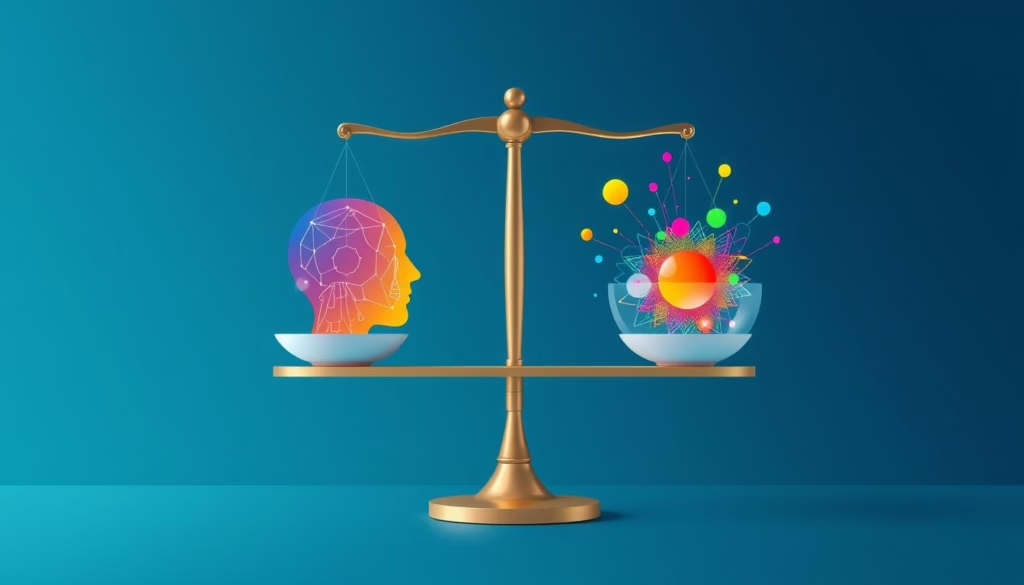
The change in the work that occurs through the use of AI tools is undeniable; automation replaces tedious and repetitive work, options are generated in a record time, and design work becomes more democratic. Still, the fundament of what makes design meaningful is profoundly human: the capability to relate to a situation, to be emotional, to narrate, to even problem-solve creatively.
The probable future is where the AI designs the how part and human being takes care of the why. In this collaborative working relationship, designers who are trained in learning to harness successful partnerships with AI, will possess exceptional potential to do work which is efficient and its significance profound.
In order to advance, the industry of graphic design will have to constantly reshape the borders of what is a human and what is a machine. The designers who will succeed will be those who understand how to use AI as an enhanced version of their creative toolbox but do not forget to work on their strategic thinking, cultural competence, and capacity to connect with people in a manner that no algorithm can ever imitate.
- The future of graphic design isn’t about AI takeover—it’s about human creativity amplified by artificial intelligence, creating possibilities we’re only beginning to imagine.
Navigate the Changing Design Landscape with Expert Guidance
Uncertain about how AI will affect your design career or business? Our consultants can help you develop a personalized strategy to thrive in the evolving creative landscape.
Frequently Asked Questions
Can AI completely replace graphic designers?
While AI can automate certain aspects of graphic design, it cannot fully replace human designers. AI lacks the emotional intelligence, cultural awareness, and strategic thinking that professional designers bring to projects. The most likely outcome is a collaborative future where AI handles production tasks while humans focus on creative direction, strategy, and client relationships.
How are designers using AI today?
Professional designers are currently using AI in several ways: generating initial concepts and variations, automating repetitive tasks like image resizing or background removal, creating custom illustrations based on prompts, suggesting color palettes and typography pairings, and optimizing designs based on performance data. Most use AI as a starting point or assistant rather than a replacement for their expertise.
What skills should graphic designers develop to stay relevant in an AI-driven industry?
To thrive alongside AI, designers should focus on developing skills that AI cannot easily replicate: strategic thinking, client communication, cultural awareness, ethical judgment, and creative direction. Technical skills like prompt engineering, understanding machine learning concepts, and creating effective AI workflows will also be valuable. Continuous learning and adaptability will be essential as the technology evolves.
Are there ethical concerns with using AI in graphic design?
Yes, several ethical concerns exist. Many AI models are trained on artists’ work without explicit permission, raising copyright and compensation questions. There are also concerns about plagiarism when AI generates designs that closely mimic existing work. Additionally, the potential for job displacement and the environmental impact of training large AI models are important ethical considerations that the industry is still grappling with.
How will AI affect graphic design pricing and business models?
AI is likely to change how design services are priced and delivered. Routine design tasks may become commoditized, pushing designers to focus on strategy and high-value creative work. Some designers are adopting subscription models that include AI-assisted services, while others are positioning themselves as AI collaboration experts. Businesses may need to rethink their value proposition, emphasizing the human elements that AI cannot provide.
